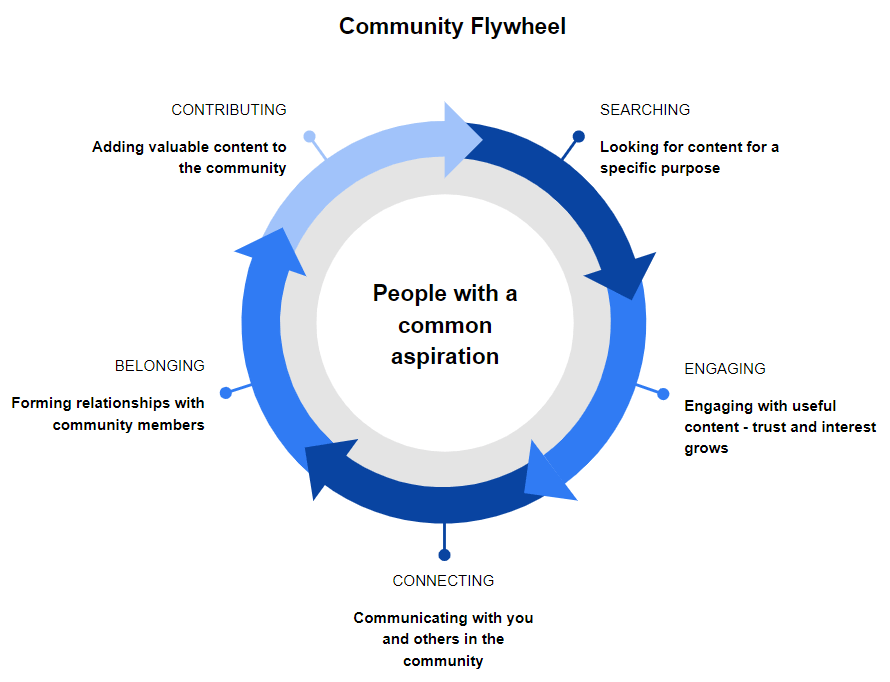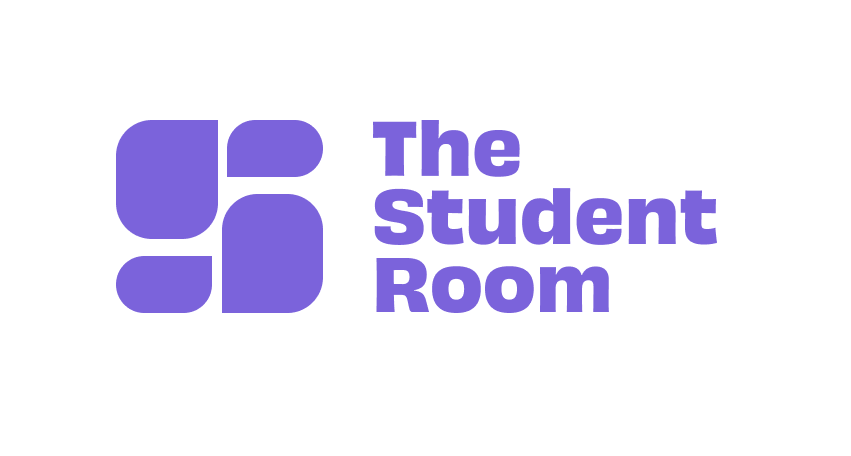Building your digital communities
Webinar assets from 3 June 2020
A window into the key strategies we use to build and maintain the UK's largest student community: The Student Room.
Watch the full webinar recording:
Building your digital communities
Presenters: Lorna Greville (Education Account Director) and Grace Joyce (Community Manager)
- What creates community?
- Understanding your audience
- The power of personality (and principles)
- Finding a common purpose

What creates community?
While communities can be bound by many things - location, commons interests or institutions - what really matters is that they share a common aspiration. Use our tried-and-tested flywheel to start building your digital communities:
- Identify what your target audience is searching for. What is their purpose in coming online?
- Anticipate their needs - show them similar or related content based on their search queries. "You wanted Z? You might also like Y"
- Communicate with your audience and help them to connect with each other. Ths will develop relationships and a sense of belonging. A good community is self-sustaining
- Subgroups are a sign of a healthy community - your members are now so strongly connected that they've gone a level deeper and created a niche that's dependent on your wider community
- When your members are contributing valuable content you've hit your stride
Understanding your audience
Communities are about a sense of belonging. It's tribe mentality, so you want to make sure membership feels exclusive while also promoting acceptance.
- Work out why your audience have chosen you instead of your competitors. What is your USP? How do they see themselves?
- Make sure you deliver consistent value to keep your audience engaged
- Remember that communities do not equal customers - start thinking about all the different personas that make up your community and what their motivations might be e.g. the lurkers, the influencers, the advocates
- Think about the different attributes that each of these member identities might have
- Make sure content connects with your audience's motivations i.e. focus on the community, not the product
-


The power of personality (and principles)
Be clear about who you are and which boundaries you are setting:
- Be human and relatable - think about the tone of voice that would work for your members. If appropriate for your audience use gifs, emojis, slang and contractions
- Develop an action plan to deal with trolls, harmful content or negative people
- Publish your guidelines or policies so that everyone knows the rules. Make sure these are easy to find and easy to understand. For example, we moderate swearing and graphic language
- Don't ignore negative conversations and grievances - show kindness and understanding, then signpost (or link) the poster to a more positive outlook or solution
- In some cases you might want to edit a post (e.g. to remove bad language) rather than delete it. You can use an edit note to explain why you've amended their post.
- You can also close a conversation if it is no longer attracting useful contributions.
-
Finding a common purpose
- Work out what value you can bring to your audience
- Make sure what they need is visible and easy to find (look at your user journey/UX)
- Use social listening on all platforms to understand what matters to your audience
- Make sure your value exchange proposition is strong and makes your members feel like they are part of the club. Example: Taylor Swift invites top fans to a sleepover - anyone "could be" her best friend
- Use your Alumni - many will still feel like they belong to your community. They are strong advocates who can reinforce positive messages and share their experiences. New members are also more likely to trust what they say than they would a staff member.

Key takeaways
- Identify the aspiration(s) of your members: what purpose do you serve?
- Build a self-sustaining ecosystem by anticipating your members' needs, encouraging relationships and sharing useful content
- Find your personality and make sure your language is consistent with that of your members
- Implement action plans, guidelines and policies that ensure your approach to your community is clear and consistent
